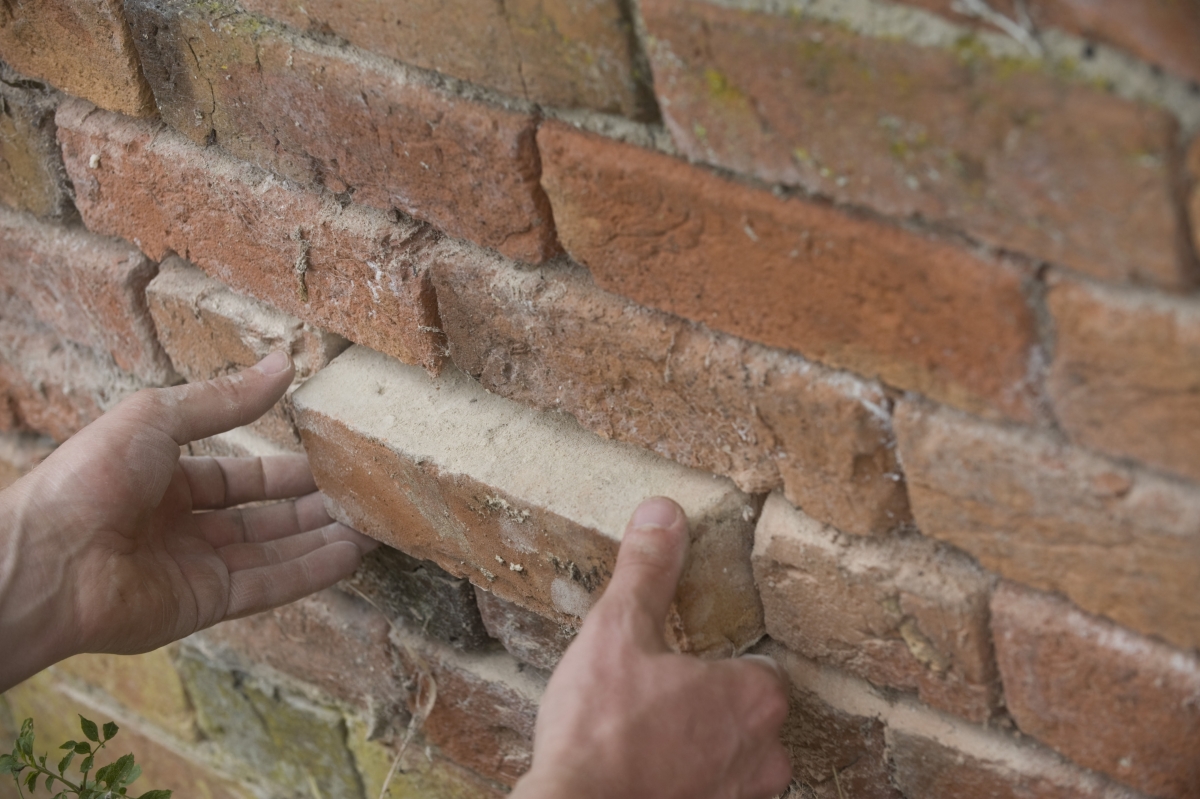Image Source: Google
Brick is a timeless material that adds character and charm to any home. However, over time, weather exposure, wear and tear, and other factors can lead to damage that affects the look and structural integrity of your property. By mastering the art of brick repairs, you can breathe new life into your home's exterior, enhancing its curb appeal and increasing its value. If you are looking for the best brick repairs then, you may check this website.
Assessing the Damage
Types of Brick Damage
- Cracks
- Chips
- Missing or loose bricks
- Efflorescence (white, powdery substance)
- Mortar deterioration
Before diving into brick repairs, it's essential to assess the extent of the damage. Different types of brick damage require specific repair techniques, so a thorough evaluation is crucial for determining the best course of action.
Tools and Materials
Essential Tools for Brick Repairs
- Masonry trowel
- Chisel
- Hammer
- Wire brush
- Mortar mix
- Waterproofing sealant
- Safety gear (gloves, protective eyewear)
Having the right tools and materials on hand is key to successfully repairing brickwork. Invest in quality equipment to ensure a professional finish and long-lasting results. Safety gear is also essential when working with bricks and mortar to protect yourself from potential hazards.
Repair Techniques
Step-by-Step Brick Repair Process
- Clean the damaged area thoroughly with a wire brush to remove debris and loose mortar.
- Use a chisel and hammer to carefully remove any damaged bricks or mortar joints.
- Mix mortar according to the manufacturer's instructions until you achieve a smooth consistency.
- Apply mortar to the damaged area using a masonry trowel, ensuring proper coverage and alignment with existing bricks.
- Smooth the mortar joints with a finishing tool for a seamless finish.
- Allow the repaired area to dry completely before applying a waterproofing sealant to protect against future damage.
Following a systematic approach to brick repairs will help you achieve professional results and preserve the integrity of your home's exterior. Take your time with each step to ensure precision and quality craftsmanship.
Matching Brick Colors
Tips for Finding the Right Match
- Take a sample brick to your local home improvement store to compare colors.
- Consult with a professional brick supplier for custom color matching services.
- Consider weathering techniques to blend new bricks with the existing ones.
- Opt for a slightly lighter or darker shade for a complementary contrast rather than an exact match.
Matching brick colors can be challenging, especially if your home's exterior has aged over time. By exploring various options and seeking expert advice, you can find the perfect match that seamlessly blends with your existing brickwork.
Maintaining Brickwork
Preventive Maintenance Tips
- Inspect your home's exterior regularly for signs of damage or wear.
- Repair minor issues promptly to prevent them from escalating into larger problems.
- Clean brick surfaces with a gentle detergent and water to remove dirt, mold, and mildew.
- Apply a waterproofing sealant every few years to protect the bricks from moisture and deterioration.
- Trim nearby trees and vegetation to prevent roots from causing damage to the brickwork.
Proper maintenance is key to preserving the beauty and structural integrity of your brickwork. By implementing preventive measures and addressing issues promptly, you can extend the lifespan of your home's exterior and keep it looking its best for years to come.
